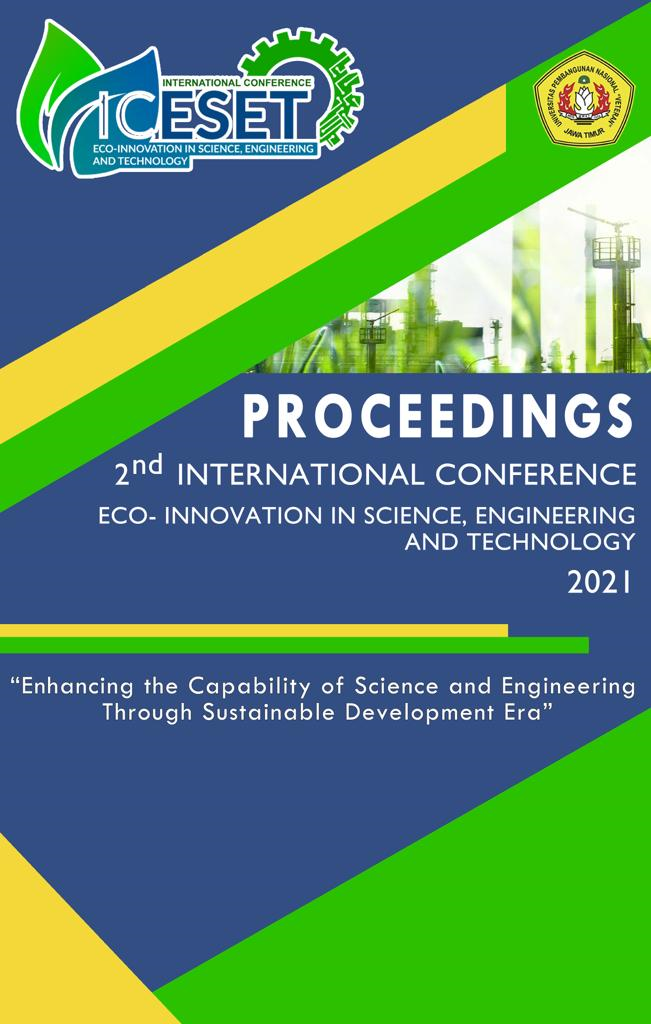Determining the Shortest Route of Distribution to Reduce Environmental Emissions Using Saving Matrix and Nearest Neighbor Methods
DOI:
https://doi.org/10.11594/nstp.2021.1435Keywords:
Nearest neighbor, saving matrix, environmental emissionsAbstract
One of the problems with the Vehicle Routing Problem (VRP) is the problem of fulfilling customer requests according to the location that must be supplied from depots that have limited vehicle capacity. This also happened to Distributor PT. XYZ is located in Lamongan. Every day the distributor of PT. XYZ distributes fertilizer to several cities in East Java, one of which is in the city of Blitar. The problem that happened to the distributor of PT. XYZ does not yet have an optimal distribution route, resulting in delays in the delivery process. Optimization of distribution routes can be done by finding the shortest route in fertilizer distribution in the Blitar area. With the saving matrix and nearest neighbor method, the best route arrangement can shorten the distance and product delivery time. The final result will be savings in distribution costs because it can reduce fuel consumption for fertilizer trucks, reducing the company's variable costs and reducing environmental emissions.
Downloads
Published
Issue
Section
License
Copyright (c) 2021 Farida Pulansari, Isna Nugraha, Sinta Dewi

This work is licensed under a Creative Commons Attribution 4.0 International License.
Authors who publish with this proceedings agree to the following terms:
Authors retain copyright and grant the Nusantara Science and Technology Proceedings right of first publication with the work simultaneously licensed under a Creative Commons Attribution License that allows others to share the work with an acknowledgement of the work's authorship and initial publication in this proceeding.
Authors are able to enter into separate, additional contractual arrangements for the non-exclusive distribution of the proceedings published version of the work (e.g., post it to an institutional repository or publish it in a book), with an acknowledgement of its initial publication in this proceeding.
Authors are permitted and encouraged to post their work online (e.g., in institutional repositories or on their website) prior to and during the submission process, as it can lead to productive exchanges, as well as earlier and greater citation of published work (See the Effect of Open Access).







